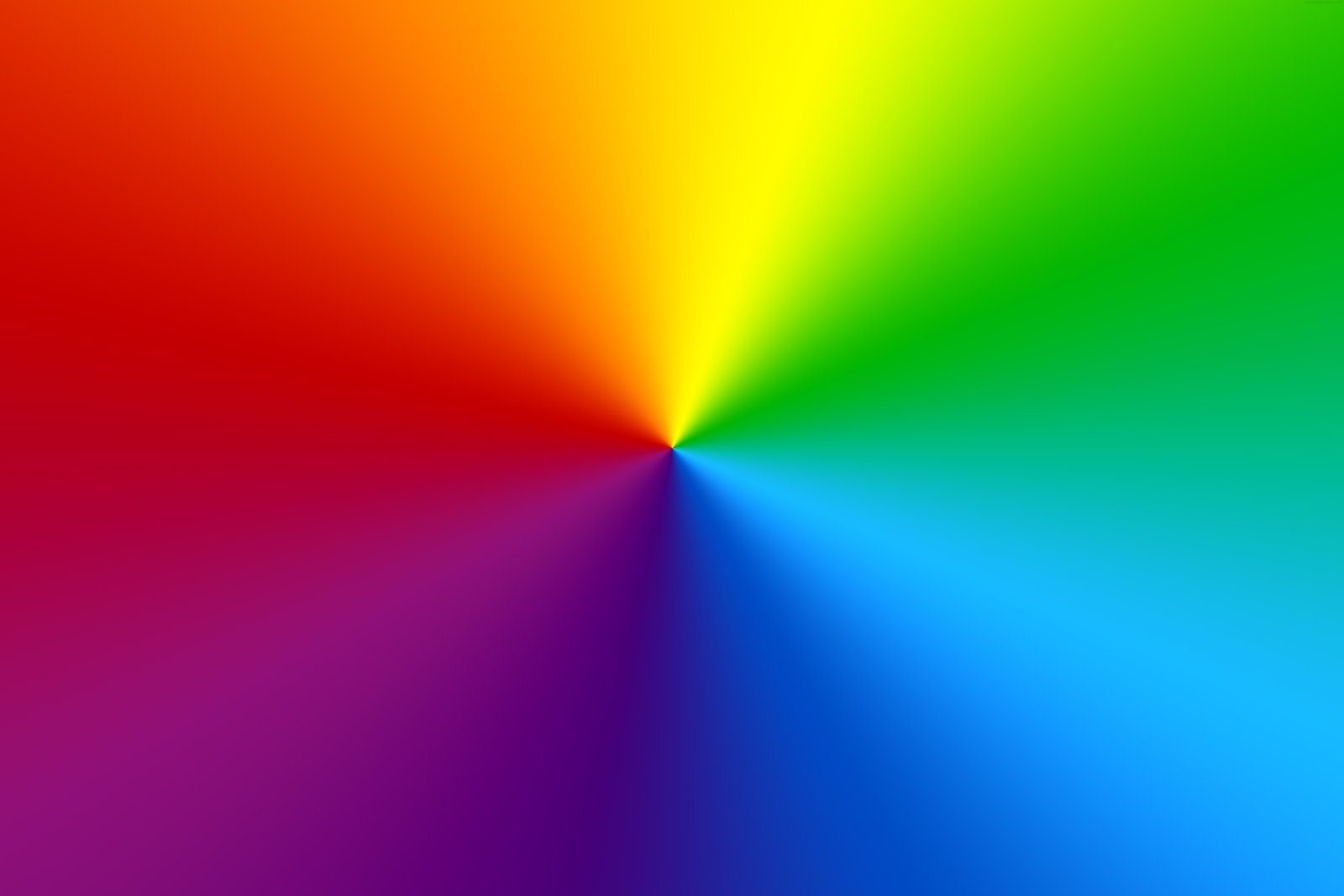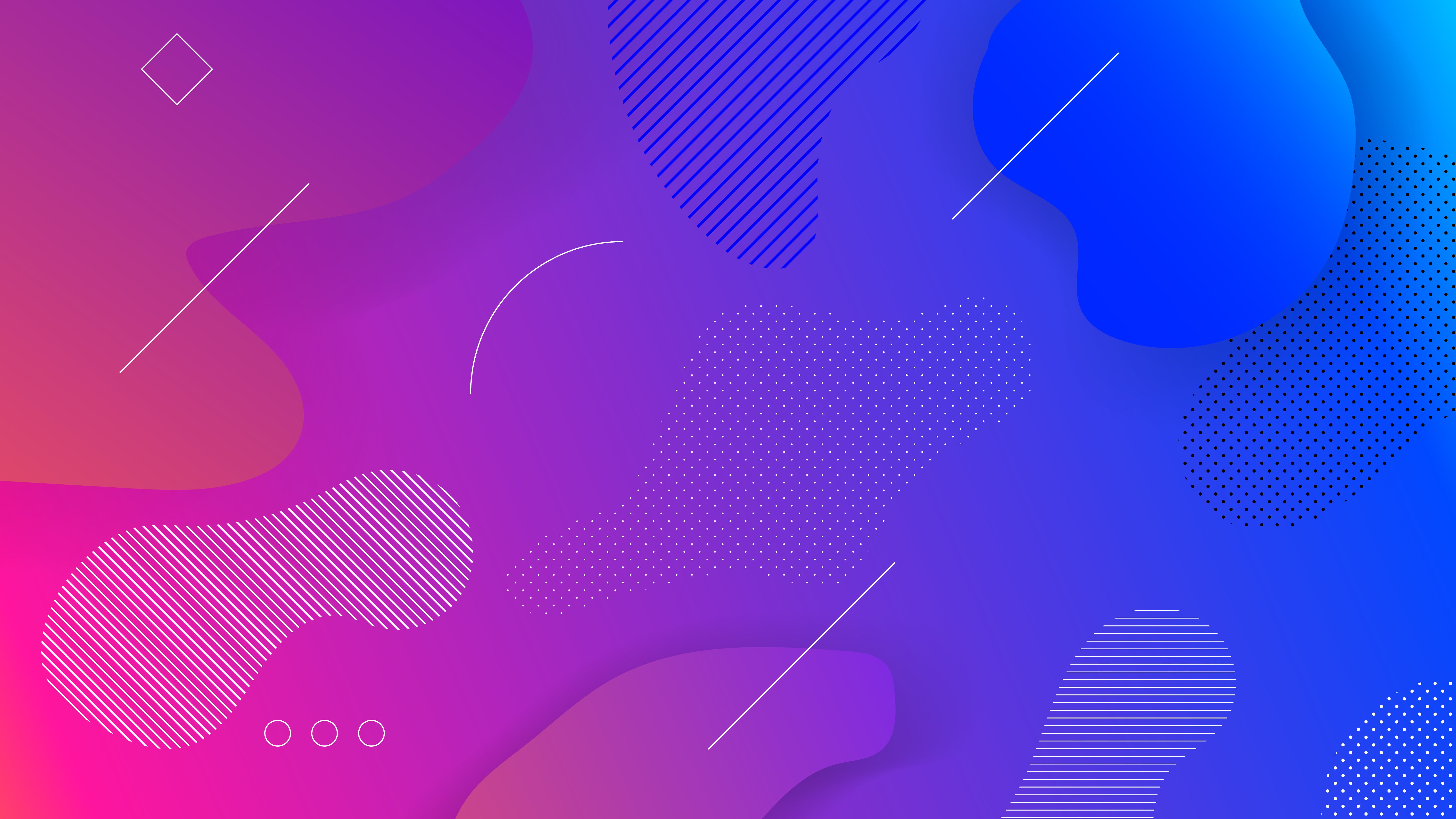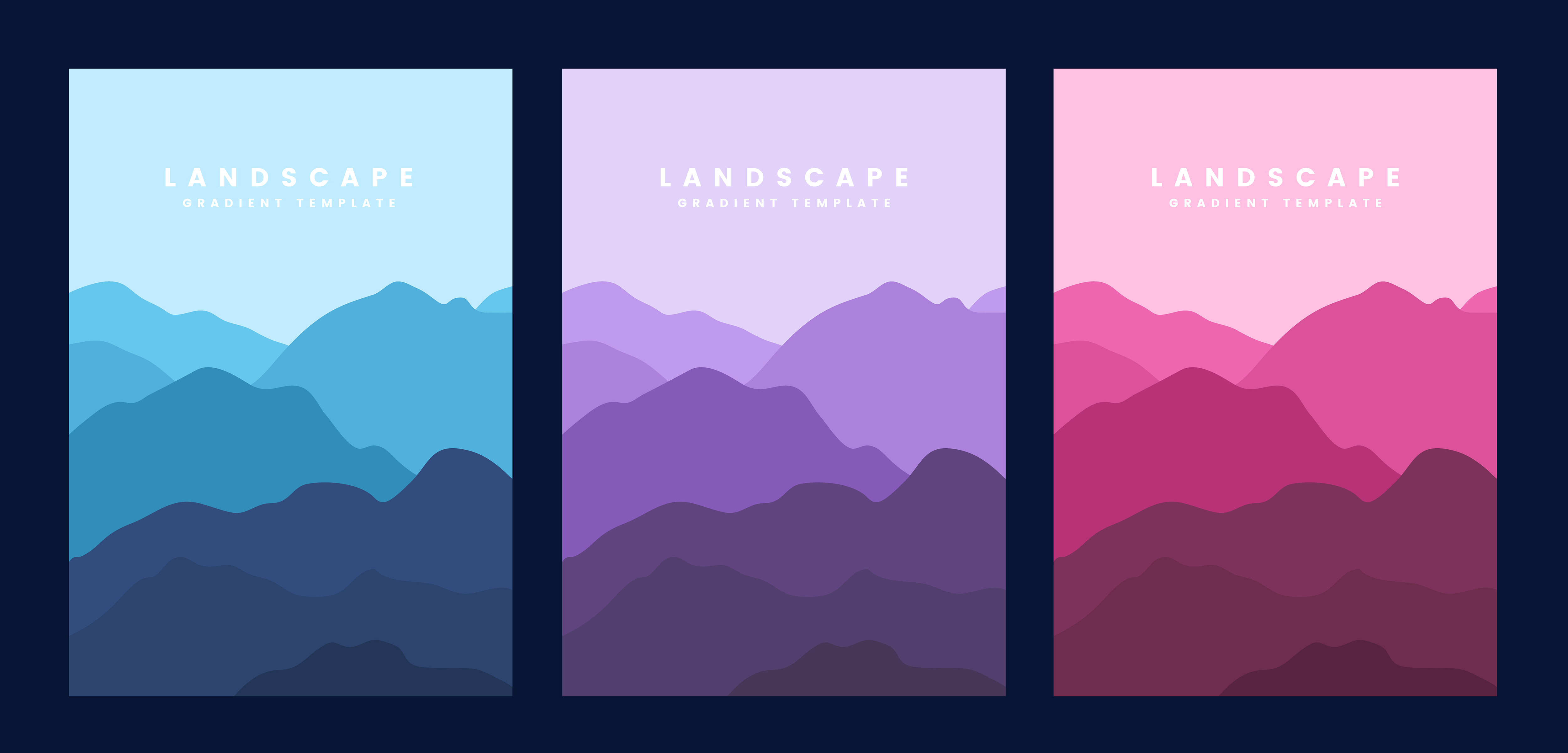
The VQ-GAN+CLIP combo makes it easy for anyone with a computer and a few spare minutes to create their own AI-generated art, which is just plain fun and is likely to encourage further development of similar techniques.ĭaniel: I’m a huge fan of this-there’s no end to what creative folks will come up with, especially when they mess around with AI. We’ve seen an explosion in the number of courses teaching deep learning to anyone with a programming background, and organizations such as Eleuther AI have put immense effort into producing open-source versions of models like OpenAI’s GPT-3. Why does it matter? Democratizing AI has been in vogue as of late, and lowering the barrier to entry can help people with different ideas and use cases apply powerful technologies to their own problems. Artbreeder (the creator of which we recently interviewed ) has enabled this for several years and has a large community, and it seems likely something similar will happen with VQ-GAN+CLIP. Beyond artists, such AI tools can also enable people in other professions to dabble in creating images with AI. As AI systems continue to improve, we can expect that artists will find more and more creative ways to use and work with them to produce artworks. A good list of various AI artists can be found here. But the AI art scene extends beyond just these generative models, and includes artists like Sougwen Chung, who collaborates with robots trained on data from her previous paintings. GANs, which can learn to generate images, have had a particularly large impact on the AI-generated art scene since their emergence. Early examples from 2015 include the Deep Dream creations of Alexander Mordvintsev and the development of neural style transfer. As AI models have become better at dealing with images over the past decade, AI artists have also become more numerous. This was further enabled by there being simple tutorials like Katherine Crowson’s.īackground. The quality of the images generated along with the simplicity of generating images from just providing text descriptions has led to an explosion of interest, with many people playing around with the model and posting their results online.

This combination allows for creation of images from simple text descriptions such as “a big red apple”, “an angel dancing on top of a church”, or just about anything you can think of.

A number of savvy “hackers” have combined VQ-GAN, a state of the art image-generation techniques, with CLIP, a model from OpenAI that can match images with text descriptions. It does not store any personal data.This edition’s news story is AI Generated Art Scene Explodes as Hackers Create Groundbreaking New Tools The cookie is set by the GDPR Cookie Consent plugin and is used to store whether or not user has consented to the use of cookies. The cookie is used to store the user consent for the cookies in the category "Performance". This cookie is set by GDPR Cookie Consent plugin. The cookie is used to store the user consent for the cookies in the category "Other.

The cookies is used to store the user consent for the cookies in the category "Necessary".

The cookie is set by GDPR cookie consent to record the user consent for the cookies in the category "Functional". The cookie is used to store the user consent for the cookies in the category "Analytics". These cookies ensure basic functionalities and security features of the website, anonymously. Necessary cookies are absolutely essential for the website to function properly. Support for IVF Clinics During the COVID-19 Pandemic.


 0 kommentar(er)
0 kommentar(er)
